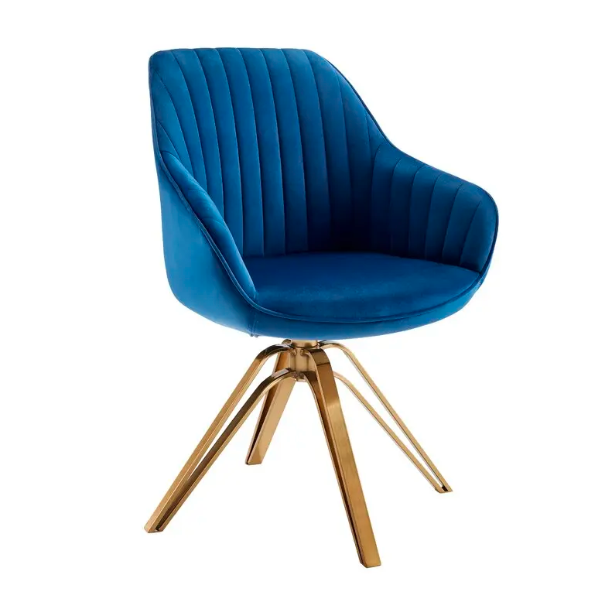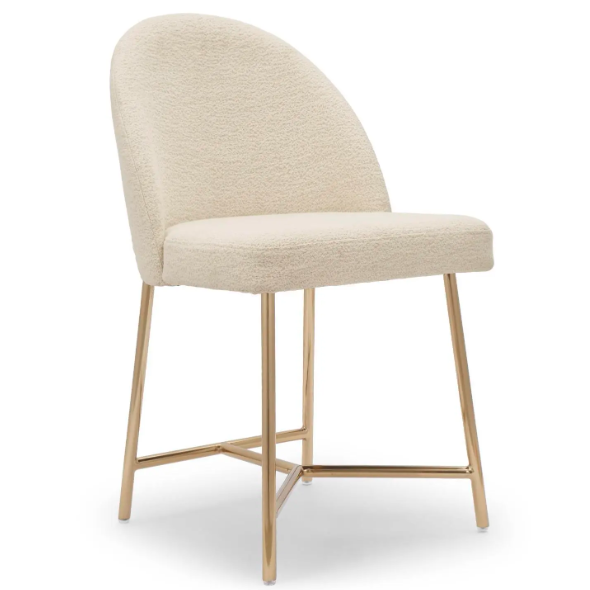Dining chairs have long been a must-have piece of furniture in homes and restaurants. Over the years, these chairs have evolved beyond their primary function of providing seating while dining. Today, dining chairs are considered an integral part of interior design, reflecting trends, style and personal taste. This article delves into the history and evolution of dining chairs, illustrating their transformation from functional components to captivating design statements.
Historical meaning
Dining chairs have been used for centuries and have evolved with the changes in human civilization. Initially, simple wooden stools were the norm for eating in ancient times. As society progressed, civilizations such as the egyptians and greeks incorporated more complex designs, including curved, upholstered, and decorated seats. In medieval Europe, dining chairs became a symbol of status and wealth, often made of luxurious materials such as oak or mahogany.
Functionality and comfort
The functionality of dining chairs has always been a primary consideration. As dining rituals become more leisurely, chairs are designed to provide greater comfort. The addition of armrests, padded seats and supportive backrests enhances the dining experience, allowing people to fully enjoy their meals and engage in conversation without discomfort. Ergonomic features such as contoured seats and adjustable elements are also integrated to accommodate different body types and seating preferences.
Design diversity
As design movements emerged throughout history, dining chairs became canvases for artistic expression. During the renaissance, dining chairs were decorated with ornate carvings and intricate details, reflecting the opulence of the era. In contrast, the minimalist and functional design of the mid-20th century reflected the modernist movement, with chairs made from materials such as molded plastic or metal and focusing on smooth lines and simplicity.
Fusion of materials and styles
Modern dining chairs come in a variety of materials and styles, offering a variety of options to suit different aesthetics and preferences. Traditionalists might choose a chair made from rich solid wood with intricate carvings and plush upholstery. Modern and minimalist designs, on the other hand, might feature chairs made of smooth metal, clear acrylic, or even unconventional materials like bamboo or recycled materials.
Customization and personalization
One of the most important developments in dining chair design is the ability to customize and personalize these products. Consumers can now choose from a variety of fabrics, colors and finishes to ensure their dining chairs blend seamlessly into the overall décor of their home or restaurant. From traditional patterns and classic designs to bold colors and innovative shapes, the customization possibilities are endless.
in conclusion
Dining chairs have evolved from functional necessities to design statements, embracing a variety of styles, materials, and customization options along the way. As homes and restaurants strive to create inviting and unique spaces, dining chairs play a vital role in enhancing the overall ambience and reflecting personal taste. Whether elegant in traditional style or modern and edgy, dining chairs truly become an artistic expression, blending functionality, comfort and attractive design to enhance the dining experience.
Post time: Oct-23-2023


